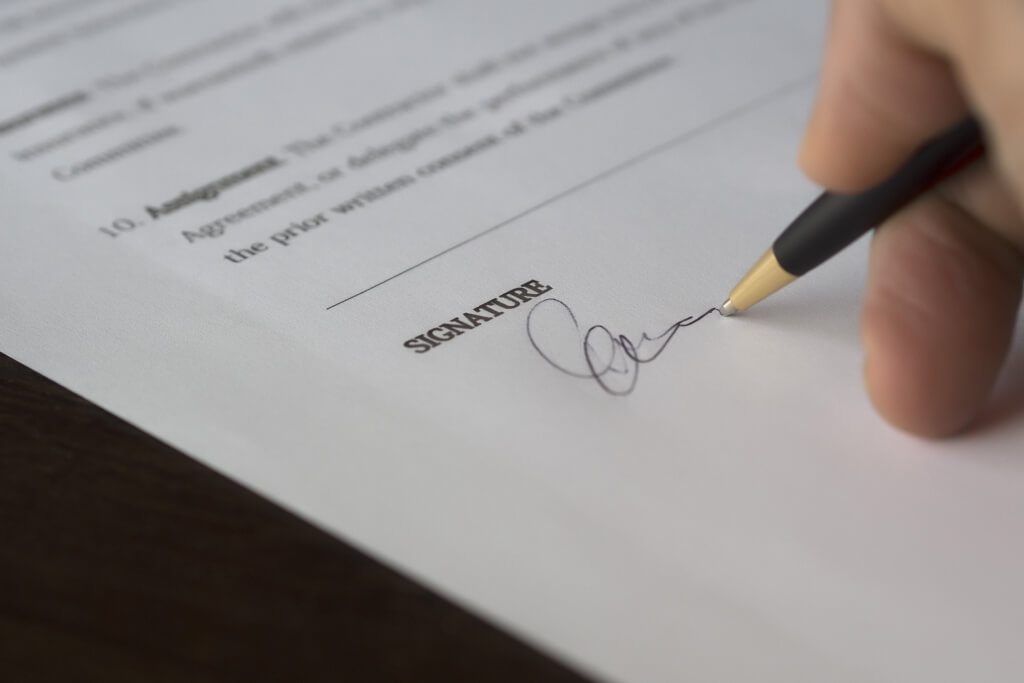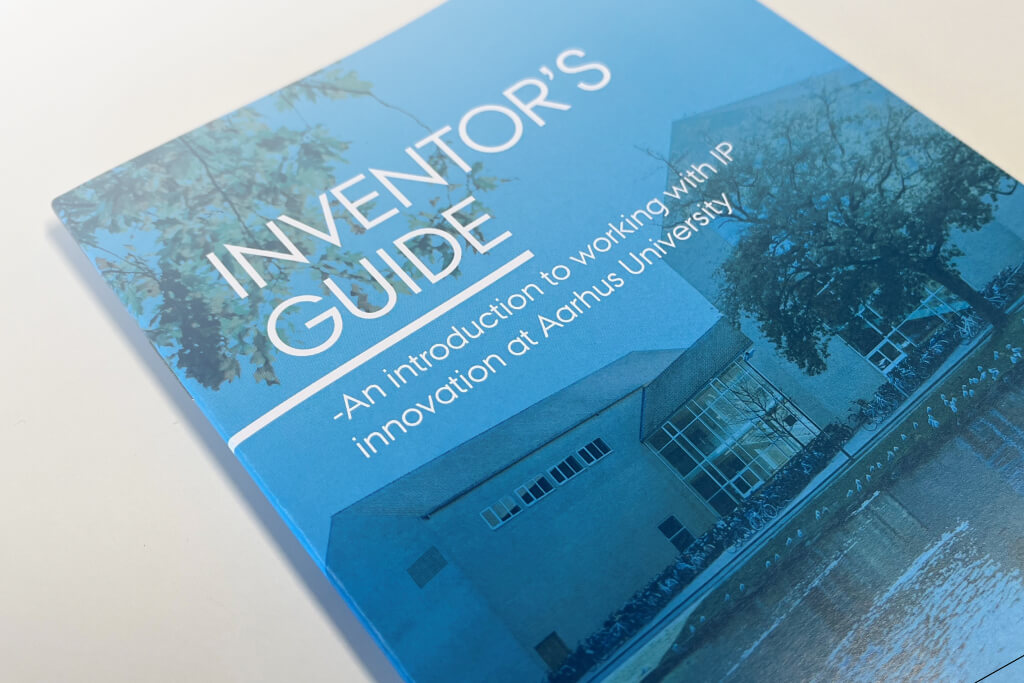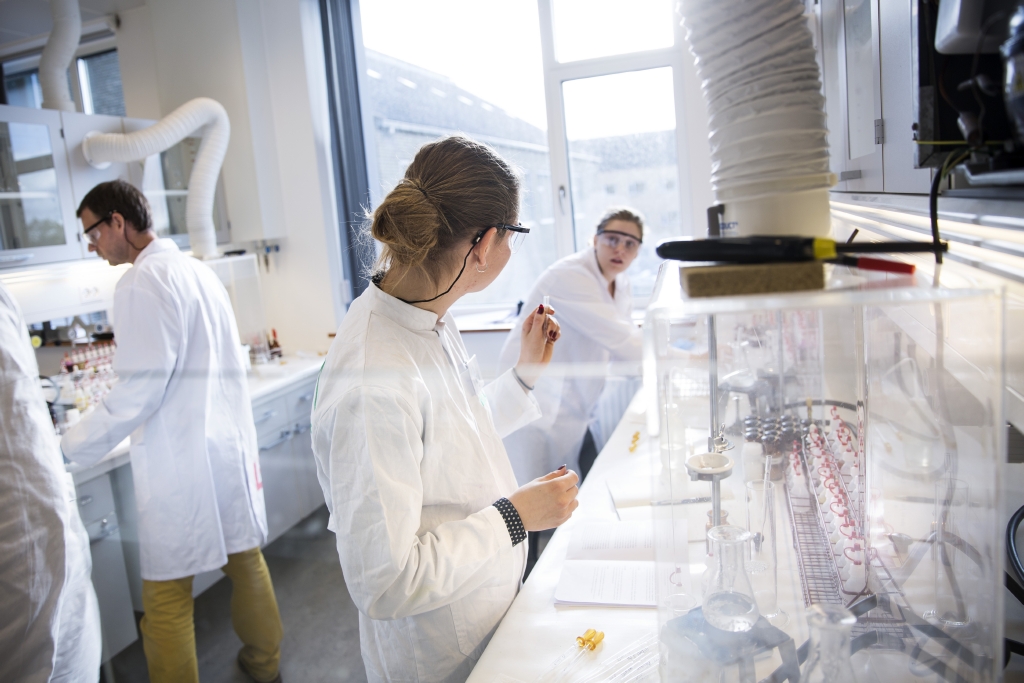Technology Transfer
Technology Transfer Office
News
Upcoming Events
Nordic Innovation Fair
Date // 25 - 26 SEPTEMBER 2023
Time // 25 SEPTEMBER 13:00 - 21:00
Time // 26 SEPTEMBER 08:30 - 17:00
Place // Industriens Hus in Copenhagen
Nordic universities create significant potential for translating early-stage research-based inventions into products and services which benefit society. However, to realise the full potential, it requires support from external business partners.
In Copenhagen on 25 - 26 September 2023, the Nordic Innovation Fair will showcase up to 130 business opportunities, offering a free and unique matchmaking and networking opportunity by bringing together all stakeholders across the innovation ecosystem.
Researchers and spin-outs from Sweden, Norway, Finland, Iceland, and Denmark will present their inventions with the aim of finding business opportunities for: licensing, co-development, research collaboration, funding and/or investment.
This year's categories are:
- Medtech & Diagnostics
- Biotech & Pharma
- Greentech & Food
- Digital Solutions
Who should attend?
The event is for investors, industry, academic institutions, incubators, and other stakeholders seeking insight in the latest developments in the spectrum of natural sciences from the Nordic research institutions, the Nordic Innovation Fair is an opportunity not to be missed.
For Nordic researchers, the event offers a unique platform to get insights from foreign investors and industry on how to commercialise inventions. For spin-outs, pending spin-outs, and licensing cases this is an excellent opportunity for building partnerships and getting to know the funding landscape.
Matchmaking is facilitated through pre-booked, on-site 1:1-meetings, pitching sessions and poster presentations and exhibition.
If you are a Nordic technology transfer office with interest in finding business opportunities for your cases, please contact info@nordicinnovationfair.com





